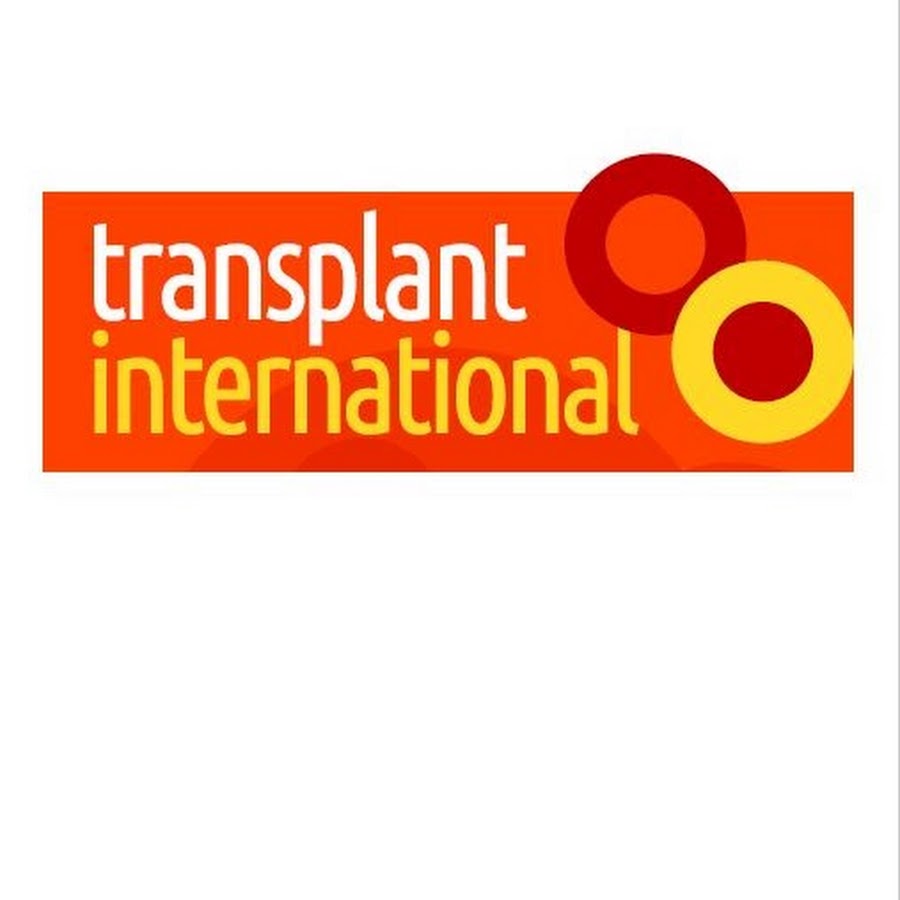Abstract
BACKGROUND:
Chronic kidney disease is common after heart or liver transplantation, with calcineurin inhibitors (CNI) considered the key contributor. A possible influence of posttransplant blood pressure has not been extensively examined.
METHODS:
Data from adult recipients of a first heart or liver transplant were analyzed regarding the relationship between blood pressure at year 1, renal function at year 5, and CNI therapy.
RESULTS:
Whereas we confirmed the well-known detrimental effect of increased 1-year systolic blood pressure on 5-year kidney graft survival, heart or liver graft survival were not affected. However, among 2,534 heart transplant recipients with good renal function at year 1, increasing systolic blood pressure at year 1 was associated with higher rates of poor renal function at year 5 posttransplant. This association was confirmed on multivariate analysis overall (odds ratio [OR] 1.25 per 20 mmHg increment, P<0.001) and within subgroups. Similar results were observed in 1,822 liver transplant recipients (OR 1.35, P<0.001). Neither the type of CNI nor CNI dose or trough level at year 1 showed a significant association with kidney function at year 5.
CONCLUSIONS:
One-year blood pressure was identified as the major modifiable risk factor associated with deteriorating kidney function between years 1 to 5 after heart or liver transplantation.
December 2017 / Transplantation – Morath C, Opelz G, Döhler B, Zeier M, Süsal C










